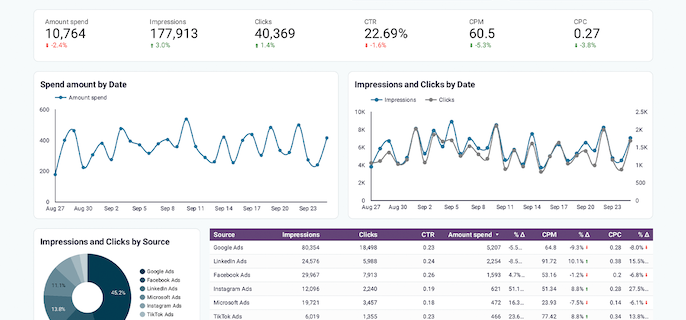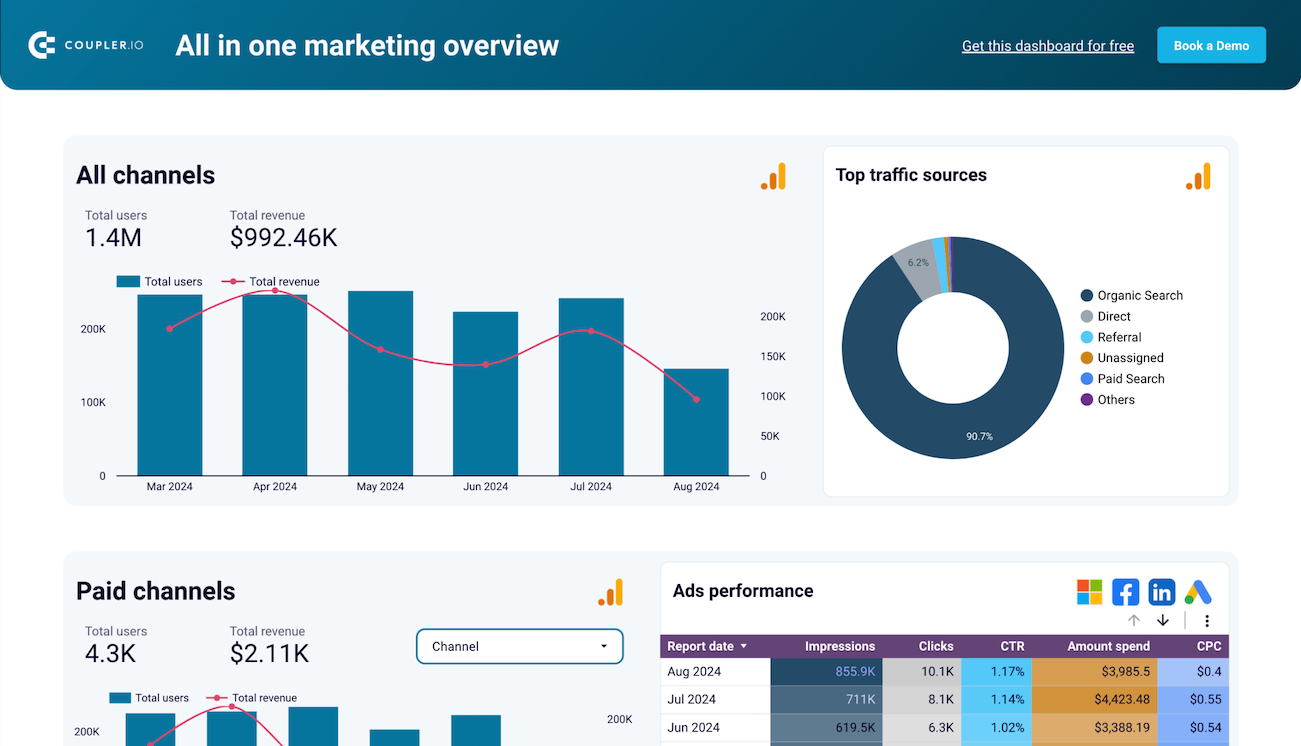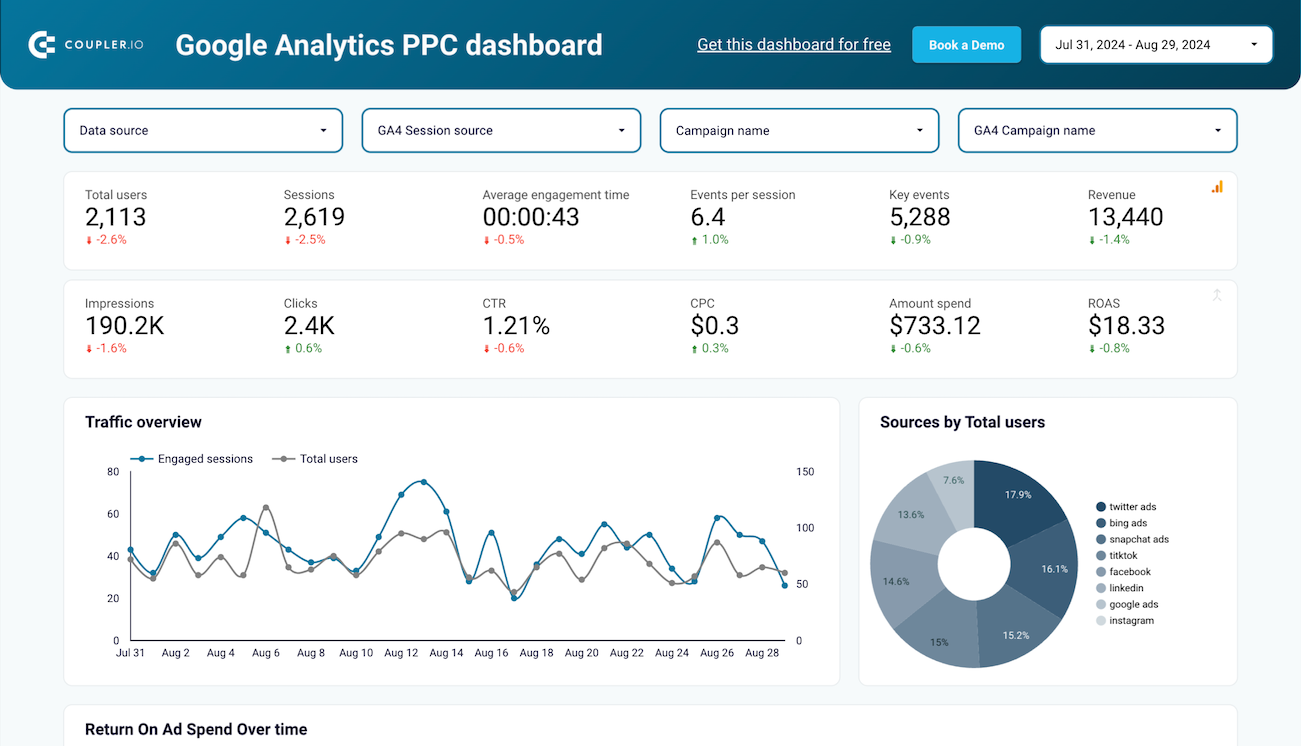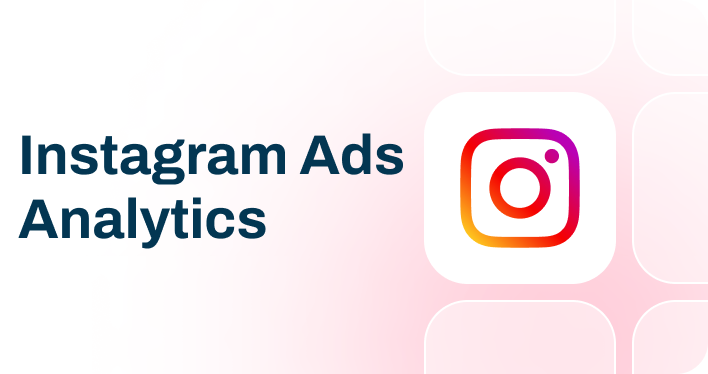What is a CTR?
Click-through rate (CTR) measures the percentage of clicks on your ads or links relative to the total number of views (impressions). This key performance indicator has a simple formula: CTR = (Clicks / Impressions) * 100. CTR is crucial since it provides insight into the relevance of your ads or content to your target audience. A higher CTR indicates that your message resonates well. This leads users to engage further by clicking through.
How to calculate CTR?
To calculate click-through rate (CTR), divide the number of clicks on your ad or link by the number of times it was shown (impressions).


Our key templates to track CTR

Get a comprehensive PPC reporting tool to track the performance of your campaigns launched at multiple advertising platforms.










Monitor all your marketing channels with an all-in-one dashboard providing performance overviews of web analytics, ad campaigns, SEO, social media, and emails.














Get an overview of the traffic performance of your advertising campaigns launched across different PPC platforms.










How to improve CTR?










